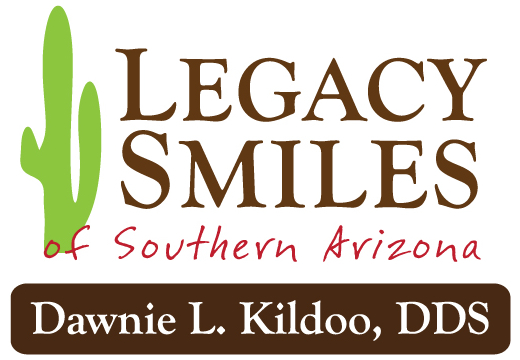Dr. McGlennen: Tell me how you use OralDNA® salivary diagnostics.
Dr. Kildoo: We perform a MyPerioPath® on every patient with signs of periodontal disease. It gives us a more accurate diagnosis and helps us understand possible risk factors for other systemic diseases such as Alzheimer’s, diabetes and strokes. Recently, we have been sending the results to the patient’s physician to help them better understand the oral-systemic connection, too.
Dr. McGlennen: What has been the physician’s reaction?
Dr. Kildoo: Physician response has been slow, but we are working on it. By that, I mean that we have started visiting medical offices to educate them on our periodontal protocol and the oral-systemic connection. We have not given up hope. A co-managed approach to patient care needs to start somewhere.
Dr. McGlennen: What are the top two things to consider when you select a patient for testing? Why?
Dr. Kildoo: Their periodontal and systemic health. We have discussed performing the test on every new patient, but we aren’t quite there yet. Thus, we have reserved the MyPerioPath® for diagnosed periodontal patients only.
Dr. McGlennen: What are the biggest benefits to using salivary diagnostics?
Dr. Kildoo: PROOF! We also use the results to adjust the treatment plan for the patient.
Dr. McGlennen: Can you provide an example of when you adjusted the therapy based on the results?
Dr. Kildoo: We had a patient that presented with a few 5mm pockets, generalized bleeding. If we had not performed a MyPerioPath® salivary diagnostic test, we most likely would have just performed limited scaling. However, when the results came back with evidence of significant high-risk bacterial pathogens, we not only scaled, but also utilized laser treatment, a course of systemic antibiotics and even localized antibiotics (i.e. Arestin).
Dr. McGlennen: What is your favorite part of the MyPerioPath® test results? Why?
Dr. Kildoo: It provides a visual for the patient; the science behind it helps them to understand their diagnosis and suggested treatment. And with the second test, the patient can see their personalized level of improvement.
Dr. McGlennen: How do your patients respond to this technology? What is their #1 question?
Dr. Kildoo: They ask, “How will it affect treatment?” and “What is it going to show me?” I explain that salivary diagnostics can help determine the cause of their periodontal inflammation, and find the best way to treat, especially if there are any oral-systemic connections!
Dr. McGlennen: If a patient is reluctant to test due to cost, how do you overcome this obstacle?
Dr. Kildoo: Actually, the cost of the test is hardly ever discussed. We present it as a part of their periodontal therapy, and we have a very high acceptance rate!
Dr. McGlennen: If a new OralDNA provider were to ask you for advice, what would be your best tip?
Dr. Kildoo: Always include testing as part of your treatment plan. Read the research and see how valuable salivary diagnostics is!
Dr. McGlennen: How do you stay current on the research? Do you have an organization you follow or specific journals/research you subscribe to?
Dr. Kildoo: I listen to several podcasts. I was introduced to OralDNA® Labs years ago through my connection with the AGD. Dr. Brad Bale and Dr. Amy Doneen, The Bale/Doneen Method™, has been a strong influence through reading their book “Beat the Heart Attack Gene.” I just can’t get enough of the oral systemic connection material. Also, I would recommend new providers perform a MyPerioPath® on themselves. I did it and it was a huge wake-up call for me!
Dr. McGlennen: Can you explain how it was a wake-up call for you?
Dr. Kildoo: I floss, and I use a Sonicare…I know how to take care of my teeth. When I took the MyPerioPath® test, I was shocked to see that I had some of the most aggressive bacteria of any patient I had ever seen. I began to investigate other products to help my patients such as Closys™ and probiotics.
We hope you enjoyed the throwback, it originally posted 5/25/2018.
For more information on how to become an OralDNA Provider – scan HERE: 
- Interview with Dawnie Kildoo, DDS, MAGD - November 27, 2020
- Interview with Dawnie Kildoo, DDS, MAGD - May 25, 2018

